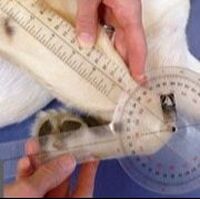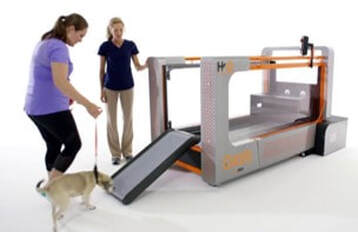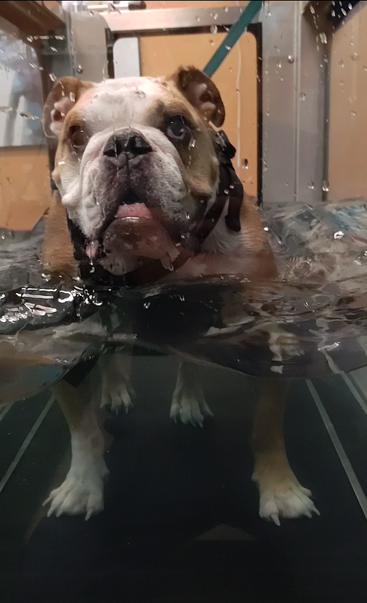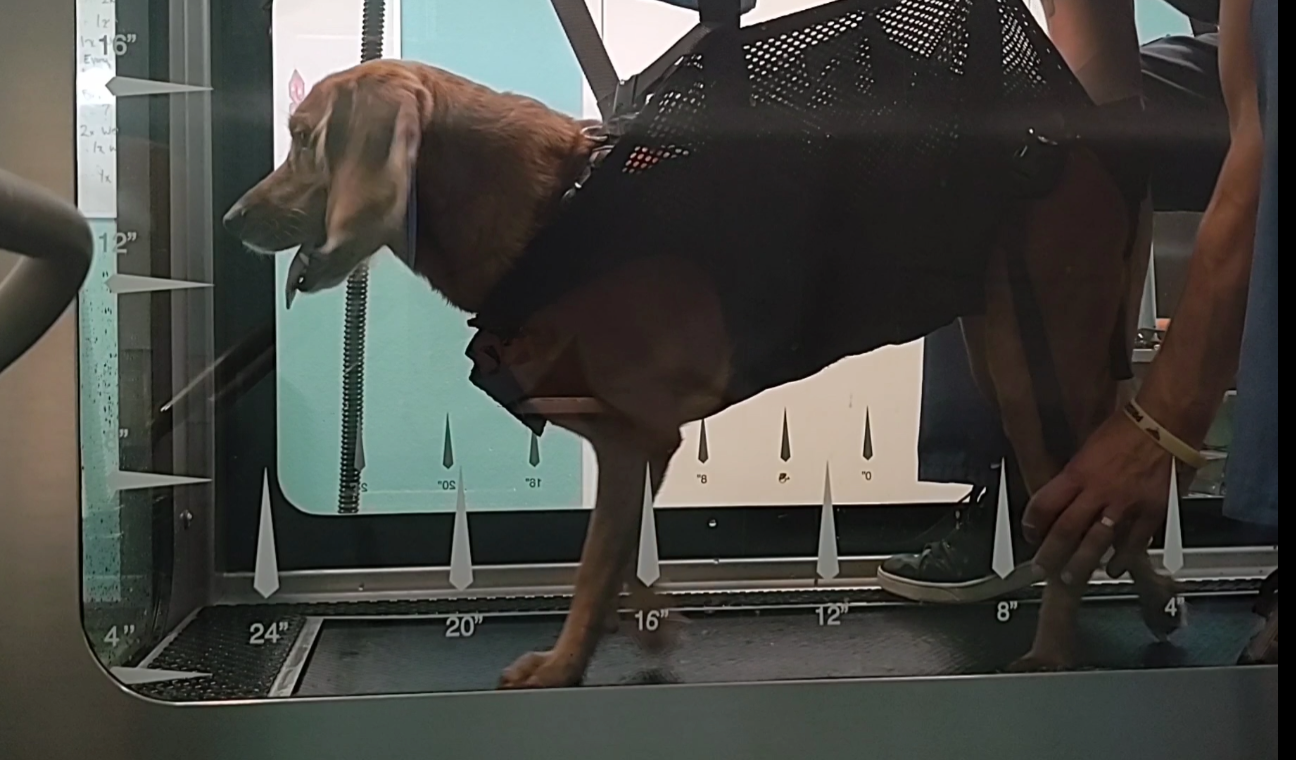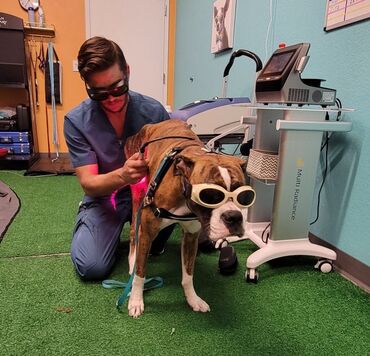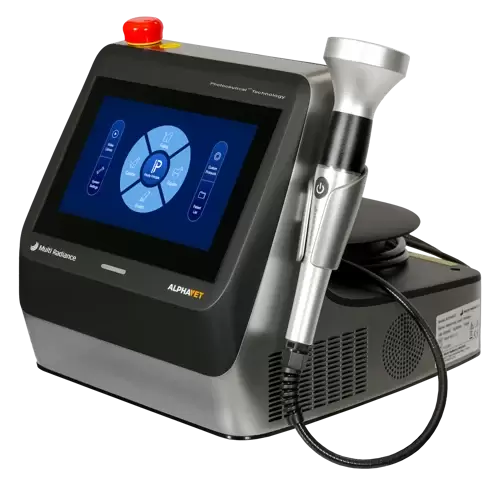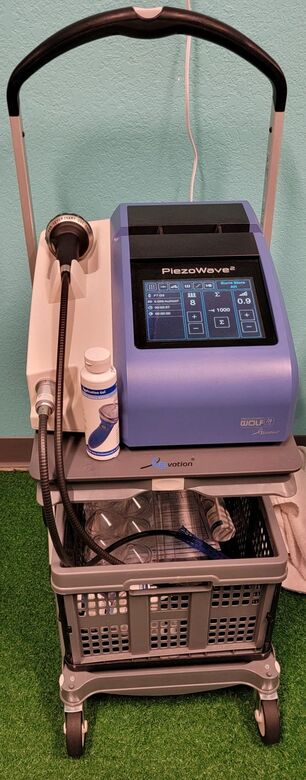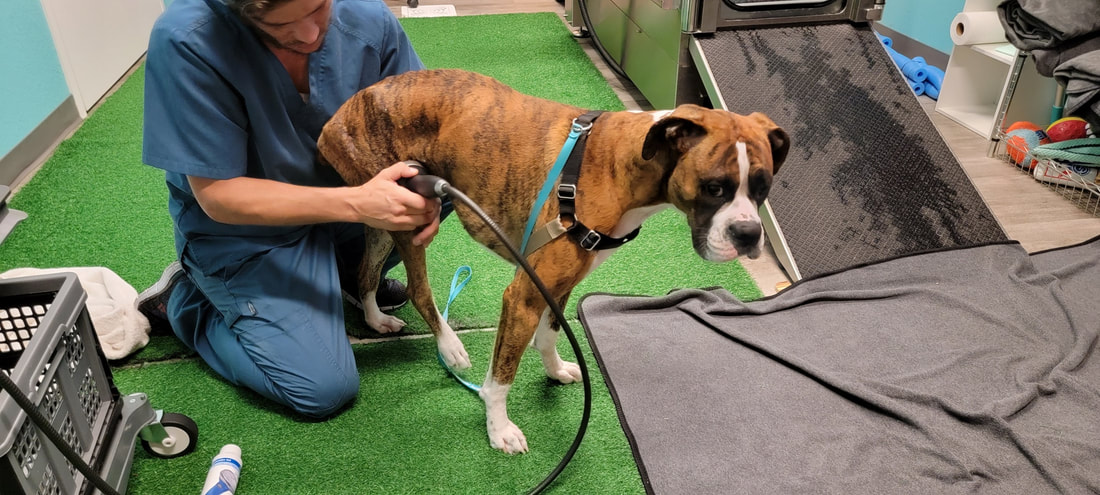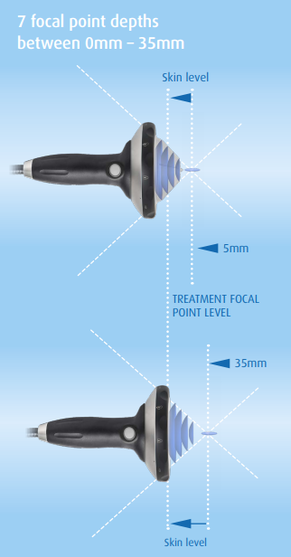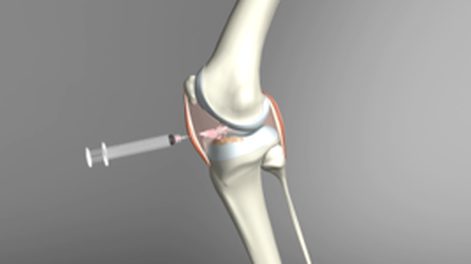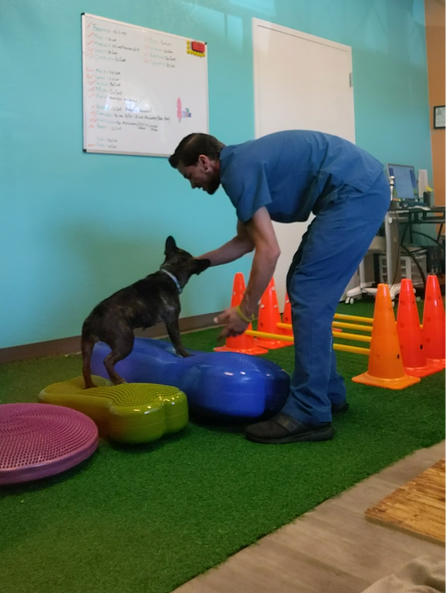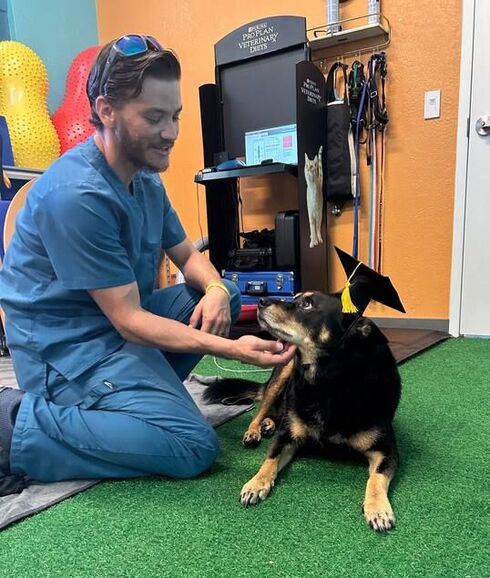Canine Physical Rehabilitation
|
The purpose of our Physical Therapy Department is to restore a dog's abilities to as normal as possible. These include physical, sensory, and mental capabilities. It is often prescribed after amputations, arthritis, cancer, cardiac disease, neurological conditions, orthopedic injuries, and stroke as well as other traumatic brain injuries. Our Rehabilitation Specialist Doctor, Dr. Jeremy, will develop a plan for each patient's needs. Below is an overview of the techniques and equipment available for Rehab.
|
What our clients have to say:
"Last June, my healthy 15-year-old purebred Australian Shepherd, Luke, was struck with potentially deadly tick paralysis after being bitten by a single tick. Just one bite from this particularly dangerous species of tick, now present in Southwest Florida (and capable of human transmission), completely paralyzed Luke from the neck down. Multiple vets in our area totally failed to diagnose Luke, quickly gave up on him, and strongly advised us to put him down. When we brought Luke to Burnt Store Animal Hospital, the professional, well-trained, and caring staff refused to give up on Luke. Tick paralysis rapidly becomes fatal, but Dr. Herrera worked fast and immediately determined the cause of his paralysis through his blood. Identifying this lethal tick disease enabled her to dispense correct medication that saved Luke’s life; JJ (Jesse) then generated a highly customized physical therapy regiment for Luke’s rehabilitation at their well-equipped, in-house facility. JJ (Jesse) very patiently worked with Luke for several months, and personally taught us how to do muscle strengthening exercises for Luke at home. JJ (Jesse) constantly gave us hope that Luke would stand and walk again. |
Underwater Treadmill
|
Hydrotherapy benefits dogs suffering from joint pain, arthritis, muscle weakness, obesity, and some injuries. Because of the support and density that water provides, it creates a comfortable setting for low impact workouts. Pets can rehab and recover from injury in ways that they can’t with land-based therapies. |
Laser Therapy
|
What is Laser Therapy?
Therapeutic laser is the application of light energy to areas of the body to stimulate healing. This light–tissue interaction is called photobiomodulation. |
The word “laser” originated as an acronym for Light Amplification by Stimulated Emission of Radiation. Laser light is different from “normal” light because it is of a single wavelength, and it is focused (concentrated). The wavelength influences the biological effects of the therapeutic laser and is measured in nanometers (nm). The wavelength also determines the depth of penetration into the body's tissues. Most medical laser applications use light wavelengths ranging from visible red to infrared. The shorter, visible wavelengths penetrate tissue to a shallower depth, whereas longer, infrared wavelengths penetrate deeper into tissue.
|
The most common applications for therapeutic laser include muscular sprain/strain and their resulting pain, osteoarthritis (joint and muscles), around incisions post-operative (to stimulate and accelerate healing), on wounds and in any situation which the pet is experiencing musculoskeletal pain.
Shockwave Therapy
What is Shockwave Therapy?
Not to be confused with "shock therapy", Shockwave Therapy (or Extracorporeal Shockwave Therapy / ESWT) is a non-invasive treatment using low energy acoustic wave pulsations to stimulate the body's natural healing process. The sound waves are sent through soft tissue to the desired, controlled depth to delivery energy to where it's needed without the compromise of tissue absorption to help with pain management and muscle strength improvement.
Not to be confused with "shock therapy", Shockwave Therapy (or Extracorporeal Shockwave Therapy / ESWT) is a non-invasive treatment using low energy acoustic wave pulsations to stimulate the body's natural healing process. The sound waves are sent through soft tissue to the desired, controlled depth to delivery energy to where it's needed without the compromise of tissue absorption to help with pain management and muscle strength improvement.
|
Common applications for ESWT include chronic pain, hip and elbow dysplasia, disorganized or delayed healing of fractures, wounds, osteoarthritis, tendonitis, sesamoiditis, and other orthopedic concerns. It can increase circulation around injured soft tissue, stimulate cells for new bone and connective tissue, and helps reduce pain by overstimulating the nerve endings in an affected area.
|
PRP / Stem Cell Therapy
|
Blood is made up of 4 components: plasma, red blood cells, white blood cells, and platelets. Platelet-Rich Plasma (PRP) has a concentration of 5-10x the platelets in whole blood. This plasma contains natural growth factors, proteins, and cytokines that stimulate bone and soft tissue healing. This cell repair decreases inflammation and thus reduces pain. PRP Treatment involves 1. blood being drawn from the patient, 2. spinning the blood in a centrifuge to separate the components, 3. the PRP formula being adjusted to fit the patient's specific needs, and 4. injecting the PRP into the injured tissue. PRP treatment may be considered for inflammatory conditions of the muscles, tendons, and ligaments as well as healing wounds or bone fractures.
|
Stem Cell Therapy is another regenerative medicine. Stem Cells are undifferentiated cells (not specialized for one function). They maintain and repair the tissue in which they are found. The therapy involves 1. fat tissue being surgically removed, 2. a centrifuge separates the stem cells from the fat tissue, 3. the stem cells being collected and 4. injected directly into the injured tissue, joint, or ligament. Osteoarthritis is a common condition treated with stem cells.
PRP Treatment and Stem Cell Therapy are often used together and can be viable alternatives to surgery, reducing recovery time drastically. |
Therapeutic Exercises
Therapeutic exercises are performed to strengthen muscles as well as to improve balance and coordination. The drills performed and devices used will vary from patient to patient.
Therapeutic Massage
Therapeutic massage - who can't benefit from a good massage!? These are targeted to relieve tension in tight muscles, reduce pain and swelling, improve blood flow, heal strains and sprains faster, and minimize scar tissue buildup. Massage can also help with digestion, lowering blood pressure, and reducing stress.
Graduation Day!
These proud pups have successfully completed their Physical Therapy program!

